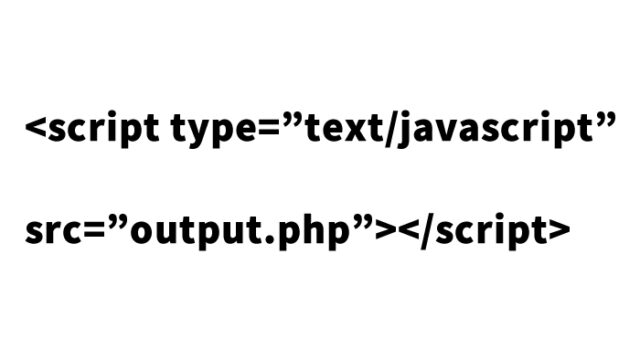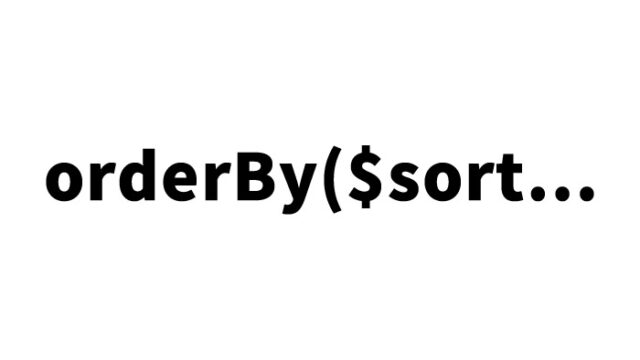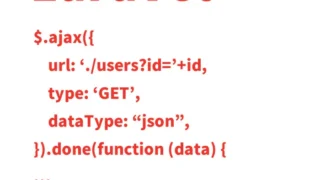Laravel is one of the most popular PHP frameworks, offering many convenient helper functions for efficiently building web applications.
In this article, we will focus on the old helper function, which is used to retain form input data, and explain its usage in detail.
Why is the old Helper Function Necessary?
In web application forms, when a user’s input is incorrect or a validation error occurs, they need to return to the form and re-enter the correct information.
At this time, if the previously entered data is retained, users can avoid re-entering all information, which improves the overall UX.
In Laravel, using the old helper function in such cases allows you to easily retrieve and display the previously entered values.
How to Retain Input Values Using the old Function
Example with input Tag: Multiple Address Inputs
When using the same name for multiple input fields, it is common to define the name in an array format.
Below is an example of how to retain the previously entered values using the old function.
We will create four address input areas (name=”address”) using a for loop.
In the for loop:
- Set the name attribute to name=”address[{{$i}}]”
- Set the value attribute to {{ old(“address.$i”) }}
@for($i=0;$i<4;$i++)
<input type="text" name="address[{{$i}}]" value="{{ old("address.$i") }}" placeholder="Enter address">
@endfor
In this example, we create four address input fields. Using a for loop makes it efficient to generate multiple input fields with the same structure.
Example with checkbox Tag: Selecting Cities
When using checkboxes to provide multiple options, it’s important to retain which items were selected.
Below is an example of how to retain selected options using the old function.
The variable $citys contains an array with id and city_name.
Using a foreach loop, we retrieve “value: $city->id” and “label: $city->city_name” from the $citys array and set them as the checkbox value and label text.
- Set the name attribute to name=”city_id[{{ $key }}]”
-
For checked (whether it’s selected or not):
@if( old(“city_id.$key”) === strval($city->id) ) checked @endif
<ul>
@foreach ($citys as $key => $city)
<li>
<input type="checkbox" value="{{ $city->id }}" id="city_id[{{ $key }}]" name="city_id[{{ $key }}]" @if( old("city_id.$key") === strval($city->id) ) checked @endif>
<label for="city_id[{{ $key }}]">
{{ $city->city_name }}
</label>
</li>
@endforeach
</ul>
In this example, checkboxes are generated from a list of cities.
Using the old function, previously selected cities are displayed as checked.
Points to Consider
Security
When using Laravel’s old function, it’s also important to be mindful of security.
Although Laravel provides many built-in security features by default, always ensure proper escaping when displaying form input values.
Fortunately, Laravel’s Blade template engine automatically escapes strings by default, making it safe to display form values.
Improving UX
By retaining information that users have already entered, you can reduce the effort required to re-enter data after an error, thereby improving user experience.
This feature is especially useful for forms with many input fields.
Conclusion
Laravel’s old helper function is a powerful tool for retaining user input when a form is re-displayed due to validation errors or other issues.
By referring to the examples above, you can efficiently implement input value retention in your forms.
Laravel provides many helper functions and features to efficiently manage form input data.
By utilizing the old helper function, you can easily redisplay previous input values when errors occur, greatly enhancing user experience.
By accumulating knowledge and techniques for effective form implementation, you can build higher-quality web applications.
※The methods introduced in this article have been tested on Laravel version 6.
If your Laravel version differs, certain functions or behaviors may have changed.
It is recommended to check the official documentation or related resources to confirm behavior for your version.
※Please use the examples at your own discretion and responsibility.






